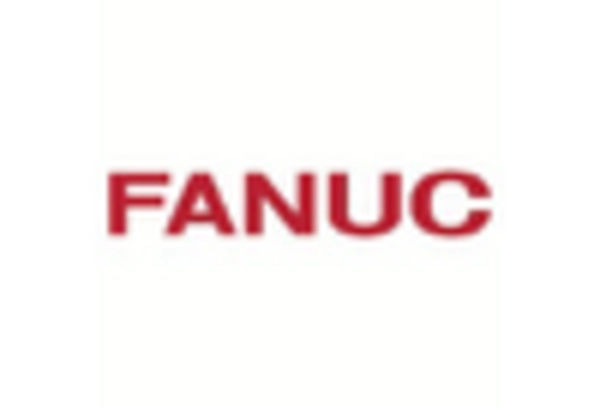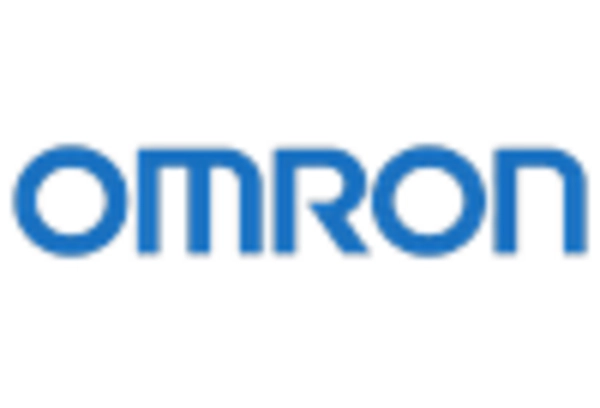Rising Demand for Automation
The Vision Guided Robotic Market is witnessing a surge in demand for automation solutions across multiple sectors. Industries such as automotive, electronics, and food processing are increasingly adopting vision-guided robots to enhance productivity and reduce operational costs. The need for efficient and reliable automation solutions is further fueled by labor shortages and the rising cost of manual labor. According to recent estimates, the market for vision-guided robotics is expected to reach USD 5 billion by 2026, reflecting a growing recognition of the benefits these systems offer. This trend indicates a shift towards more automated processes, where vision-guided robots play a crucial role in streamlining operations.
Growth in E-commerce and Logistics
The Vision Guided Robotic Market is significantly influenced by the growth of e-commerce and logistics sectors. As online shopping continues to expand, the demand for efficient warehousing and order fulfillment solutions is rising. Vision-guided robots are increasingly utilized in these environments to automate tasks such as sorting, picking, and packing. This automation not only speeds up operations but also minimizes errors, thereby enhancing overall efficiency. The logistics sector is projected to invest heavily in automation technologies, with vision-guided robotics playing a pivotal role. This trend suggests a robust future for the market, driven by the need for faster and more reliable logistics solutions.
Increased Focus on Quality Control
Quality control remains a critical aspect of manufacturing processes, and the Vision Guided Robotic Market is responding to this need with advanced solutions. Vision-guided robots equipped with sophisticated imaging systems can perform real-time inspections, ensuring that products meet stringent quality standards. This capability not only reduces waste but also enhances customer satisfaction by delivering high-quality products. As industries strive for excellence, the adoption of vision-guided robots for quality assurance is likely to increase. This trend is expected to contribute to the overall growth of the market, as companies recognize the importance of maintaining high-quality outputs in a competitive landscape.
Technological Advancements in Robotics
The Vision Guided Robotic Market is experiencing rapid technological advancements, particularly in sensor technology and artificial intelligence. These innovations enhance the capabilities of vision-guided robots, allowing them to perform complex tasks with greater precision and efficiency. For instance, the integration of advanced imaging systems enables robots to identify and manipulate objects in dynamic environments. As a result, the market is projected to grow at a compound annual growth rate of approximately 15% over the next five years. This growth is driven by the increasing demand for automation across various sectors, including manufacturing, logistics, and healthcare, where vision-guided robots are becoming indispensable.
Regulatory Support for Automation Technologies
The Vision Guided Robotic Market benefits from increasing regulatory support for automation technologies. Governments are recognizing the potential of robotics to enhance productivity and economic growth. Initiatives aimed at promoting automation in various industries are being implemented, which may include funding for research and development, as well as incentives for companies adopting these technologies. This supportive regulatory environment is likely to accelerate the adoption of vision-guided robots, as businesses seek to leverage these advancements to remain competitive. The alignment of government policies with industry needs could further stimulate market growth, making it a favorable time for investment in vision-guided robotics.
















Leave a Comment